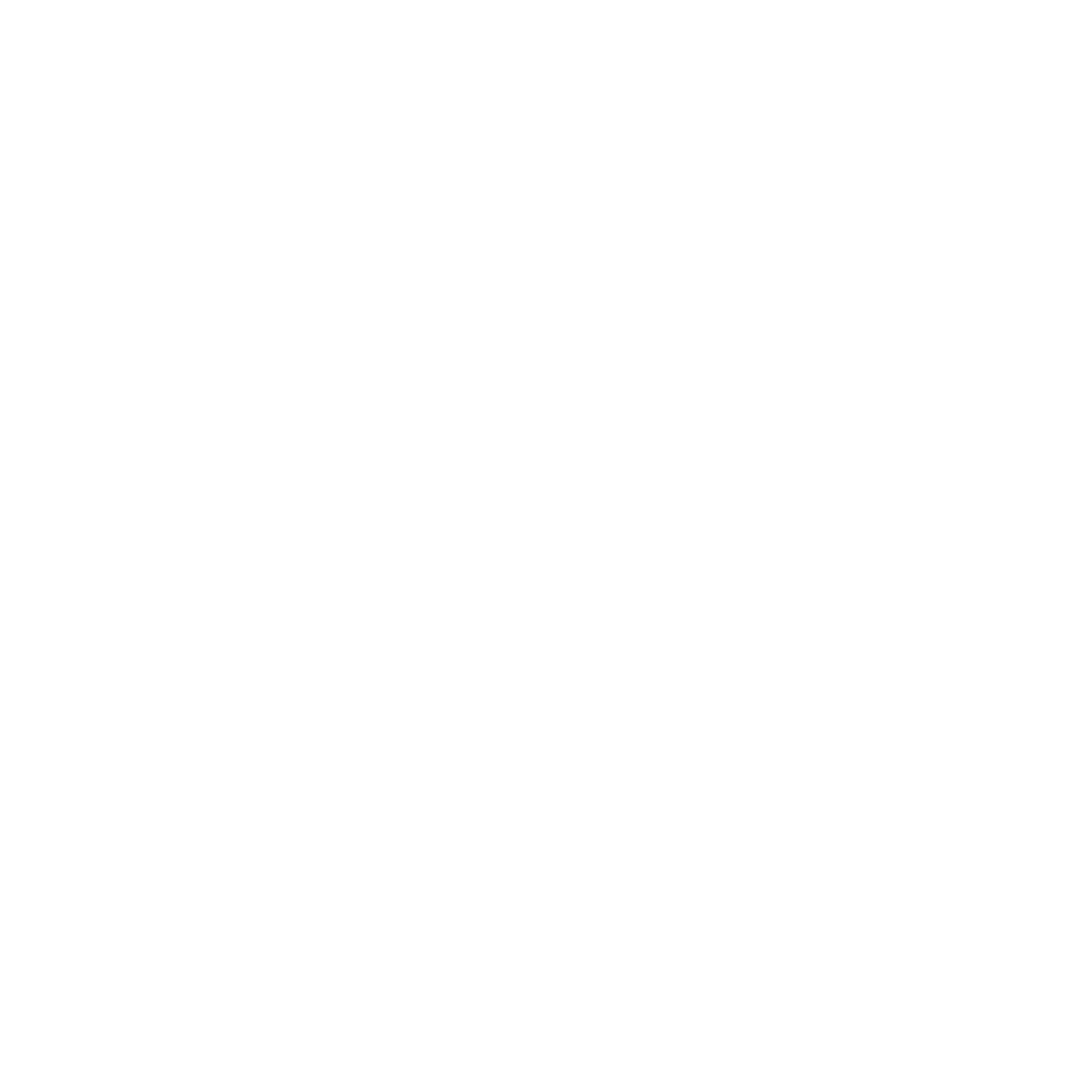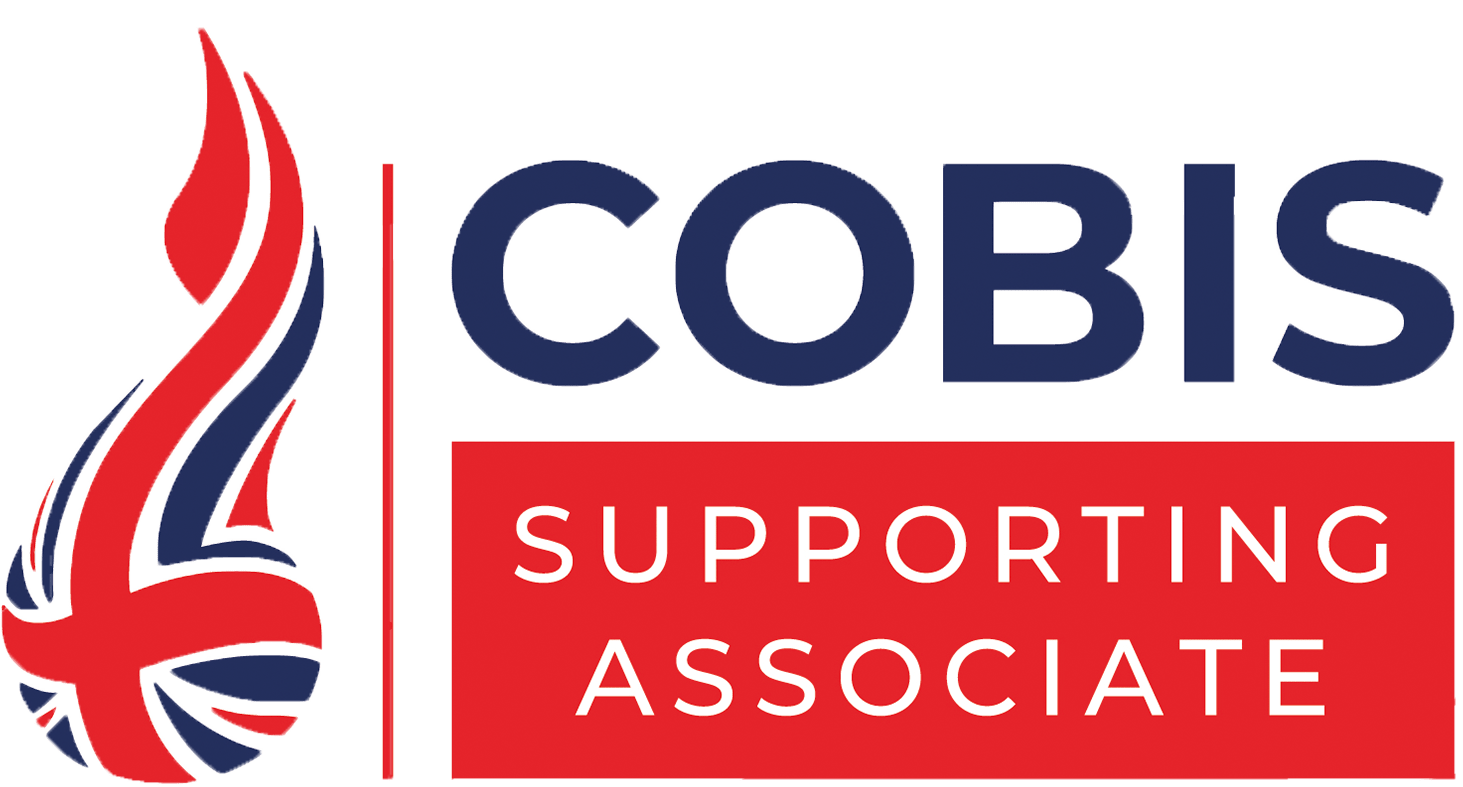A retrieval cue can include a visual image, key terms, a verbal prompt or anything that helps a memory to be retrieved from long term memory. McDermott and Roediger advise, “The key to good retrieval is developing effective cues, ones that will lead the rememberer back to the encoded information” (2015).
We encounter retrieval cues in many forms on a daily basis. A smell can act as a reminder of a favourite childhood meal; a song on the radio can trigger a memory from a special occasion. These are all examples of retrieval cues, but they are examples of unintentional and incidental retrieval cues.
Teachers must plan and provide intentional retrieval cues to support the act of retrieving target memories in class. Teachers directing students to recall specific memories is an example of intentional retrieval. The distinction between incidental and intentional is essential—there can be cues in a classroom environment that we do not realise prompts incidental retrieval.
Students are constantly surrounded by potential retrieval cues, but unfortunately they are not always reminded about prior learning. If that were the case, daily life would become overwhelming for everyone—we’d be constantly bombarded with memories! When a student enters a classroom, all their memories, previous experiences, and prior learning in that classroom do not automatically come to mind. The reason for this is that people often have a frame of mind that focuses on the act of recall, and this is known as ‘retrieval mode’ (Tulving, 1983). When a retrieval task is carried out in class, students know they will be expected to recall prior learning; they therefore unknowingly adopt retrieval mode.
Professors Robert Bjork and Jared Cooney-Horvath, both experts in memory and learning, suggest the most effective form of retrieval practice will be challenging, effortful and not involve cues or prompts (Jones, 2021). This free recall is the contrast to cued recall. However, it is important for teachers to understand when to use cued recall and when to use free recall during the learning process.
A potential problem with free recall is that younger children or novices may recall information that is generalised, vague or irrelevant without realising they are doing so. Research has shown that cued and guided recall can be more beneficial for younger learners (i.e., in primary education) and more likely to lead to retrieval success (Karpicke et al., 2016).
For younger learners, free recall is usually best when used after various retrieval tasks, such as multiple choice, short answer questions, or any form of cued recall (i.e., retrieval practice with a prompt for support). This is more likely to lead to initial retrieval success; it helps students familiarise themselves with the core content they are expected to know and learn. During a subsequent free-recall task, students’ answers are more likely to be focused on curricular target memories instead of vague, generalised, or unrelated points.
Ultimately, retrieval practice will involve an element of desirable difficulty; after all, it is not always easy to recall memories from long term memory. However, if a student is failing to retrieve any information, cues can be provided to support retrieval practice and lead to retrieval success. As the learner gains expertise in the topic, we can increase the level of challenge by removing retrieval cues (just in the same way a teacher would use scaffolding in the classroom).
Here are some examples of using retrieval cues in classrooms:
- Showing a blank diagram of the water cycle while students answer retrieval questions about it.
- After learning about Beethoven and listening to exerts of his pieces, playing them at the start of a subsequent lesson.
- When practicing word problems with students, including a copy of one that was a worked example on a previous day.
- Including a memorable line from the story If You Give a Mouse a Cookie on a task about cause and effect.
- Showing a picture from a school trip to a museum for a task about the ancient civilisations in the exhibit.
- Asking students to list question words and reminding them of the “party invite activity” from yesterday.
While the forms of retrieval cues can vary—dependant on the task, the content, and the learners—they all serve the ultimate purpose of recalling the target memory. When carefully crafted and considered, they are another effective tool that teachers have at their disposal.
To learn more about memory and learning in a classroom, you can complete the Science of Learning Programme as part of the Great Teaching Toolkit; or download our free eBook Understanding Memory and Learning from the Evidence Based Education resource library.
References
Jones, K. (2021). Retrieval Practice 2: Implementing, embedding & reflecting. John Catt Educational.
Karpicke, J. D., Blunt, J. R., & Smith, M. A. (2016). Retrieval-based learning: Positive effects of retrieval practice in elementary school children. Frontiers in Psychology, 7. https://doi.org/10.3389/fpsyg.2016.00350
McDermott, K. B., & Roediger, H. L. (2014). Memory (Encoding, Storage, Retrieval). NOBA Project.






This was very useful, thank you. I particularly like the ‘reading time’ at the start as I then knew I had time right then to read this, rather than thinking ‘I haven’t got time now I’ll read it later’ and often never get back to it.